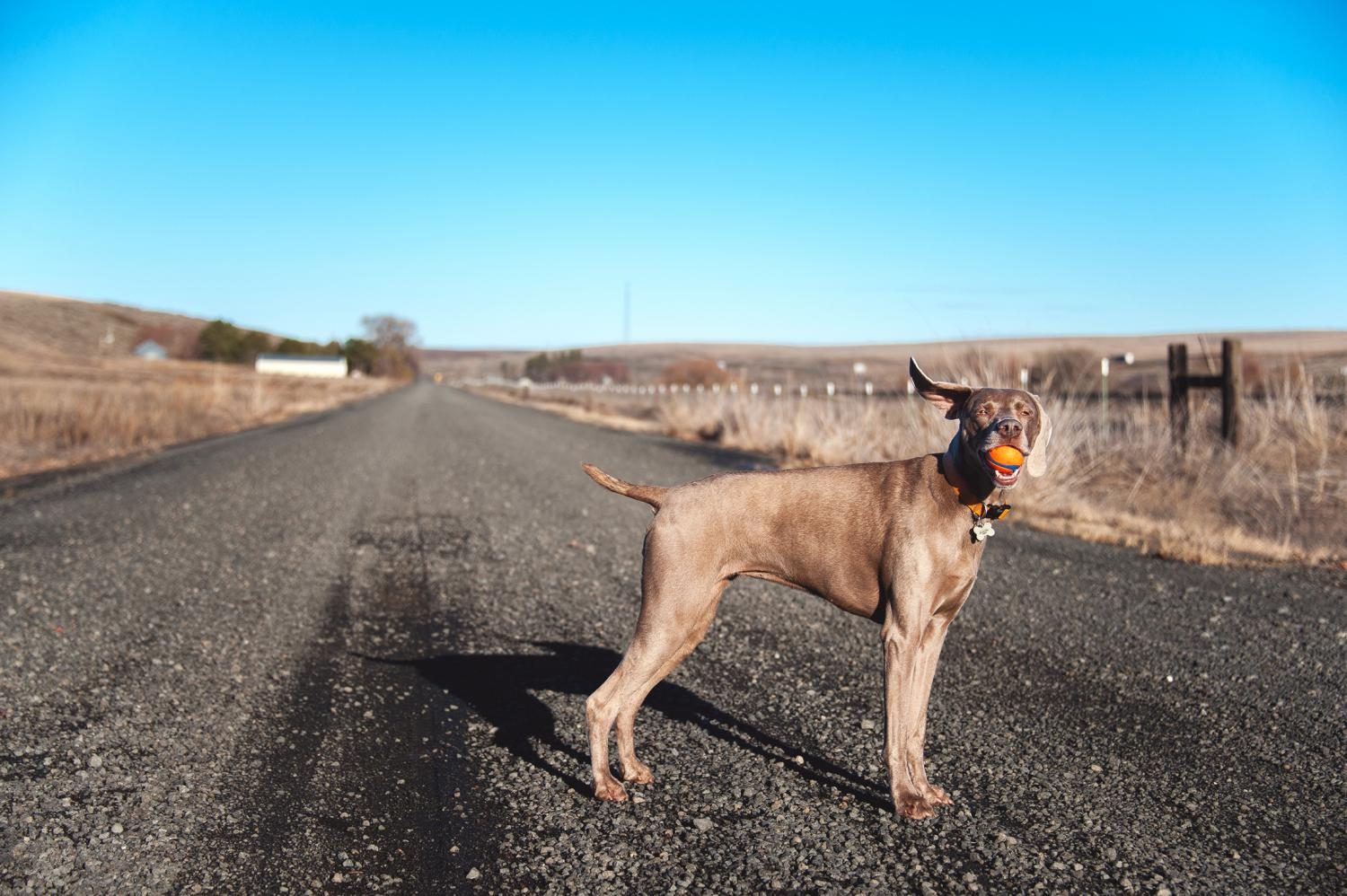A dog and her human: A recovery story
WSU’s Veterinary Teaching Hospital came to the rescue when a beloved dog got sick
Lauren Grabelle has documented the life of her dog, Sugar, as she lived 10 years in health and her recovery after being temporarily paralyzed by an infection.
September 7, 2017
When someone you love is in pain, our first instinct is to help them in any way that we can. That creature doesn’t need to be human. It doesn’t matter what they are, it just matters what kind of connection they make with you.
Lauren Grabelle, a published photographer in Harper’s Magazine and the New York Times, took interest in photography at a very early age. She got her first Kodak in kindergarten and from there, photography was something she stuck with.
Sugar, Lauren’s dog, is a big part of her life. Before Grabelle owned Sugar, she had a cat for 17 years. When her cat died, it was a painful loss, Grabelle said.
Later, Grabelle lived on the Jersey Shore and said she felt disconnected from nature. Grabelle decided to go to a breeder and get a dog, and after looking at all the dogs, she chose a Weimaraner. Sugar was adopted at 8 weeks old in 2005.
Hardship struck when Sugar started struggling to be active at 10 and a half years old in 2015. Grabelle took her to a vet, who diagnosed her with arthritis. But, it wasn’t arthritis, it was a form of paralysis.

This photo by Lauren Grabelle from 2015 shows Sugar, a weimaraner, in the midst of her illness. Sugar has since recovered and will now be famous, with photos of her on display in the WSU Animal Health Library.
The day that Grabelle first learned of the condition, her mind went to “Oh my God, I’m going to lose my dog.” She asked her friend who was with her that day to take a picture of her and Sugar. Grabelle thought it would be her last photo with Sugar. She thought that she would need to put Sugar down.
“Intellectually, I needed to know why,” she said.
With the help of her friends, Grabelle was able to care for Sugar as best as she could. The local vet helped with Sugar’s diet, her friends were there for emotional support and helping get Sugar around. Grabelle’s ex-boyfriend was tall enough to help sugar walk with a sling that held her back legs.
The local vet suggested the WSU Veterinary Teaching Hospital. Grabelle called to make an appointment, but didn’t expect to get a call back as fast as she did.
Sugar was left at the school overnight for treatment. The students and veterinarians were all there because this is what they wanted to do, she said. That night, Grabelle said she had the best night sleep in a long time.
Luckily, the paralysis was a result of an infection, and Sugar would just have to take antibiotics. Everything was still unknown, Grabelle said she wasn’t sure if the antibiotics would work or how much money would be needed for the treatment.
Then, one day, Grabelle was driving with Sugar in the back.
“I heard a noise coming from the back,” Grabelle said. “I looked back to see Sugar standing in the crate. I could not believe what I was seeing, but at the same time, it made sense.” It was because of science and technology that Sugar was active again.
The “Sugar Rising” exhibit at the WSU Animal Health Library opens Sept. 7 and captures Grabelle’s and Sugar’s story. There will be an opening reception from 4 – 6 p.m. today in Animal Health Library in Wegner Hall Room 170. Through Grabelle’s photography, viewers can see the love that she has for her dear dog, Sugar.









